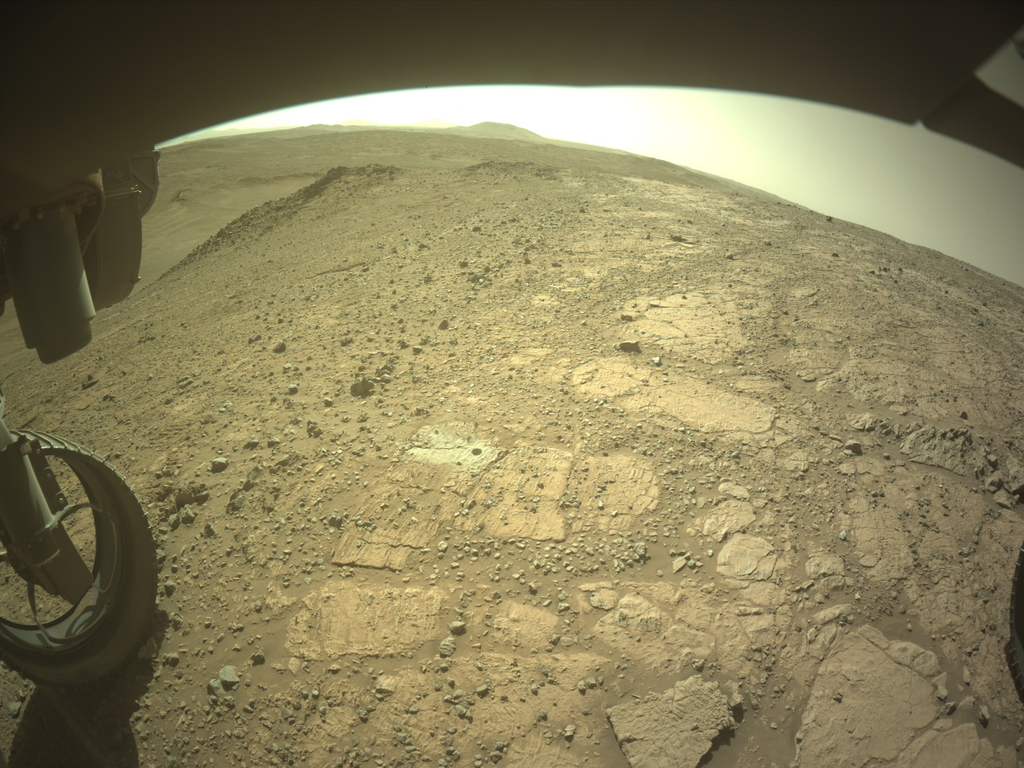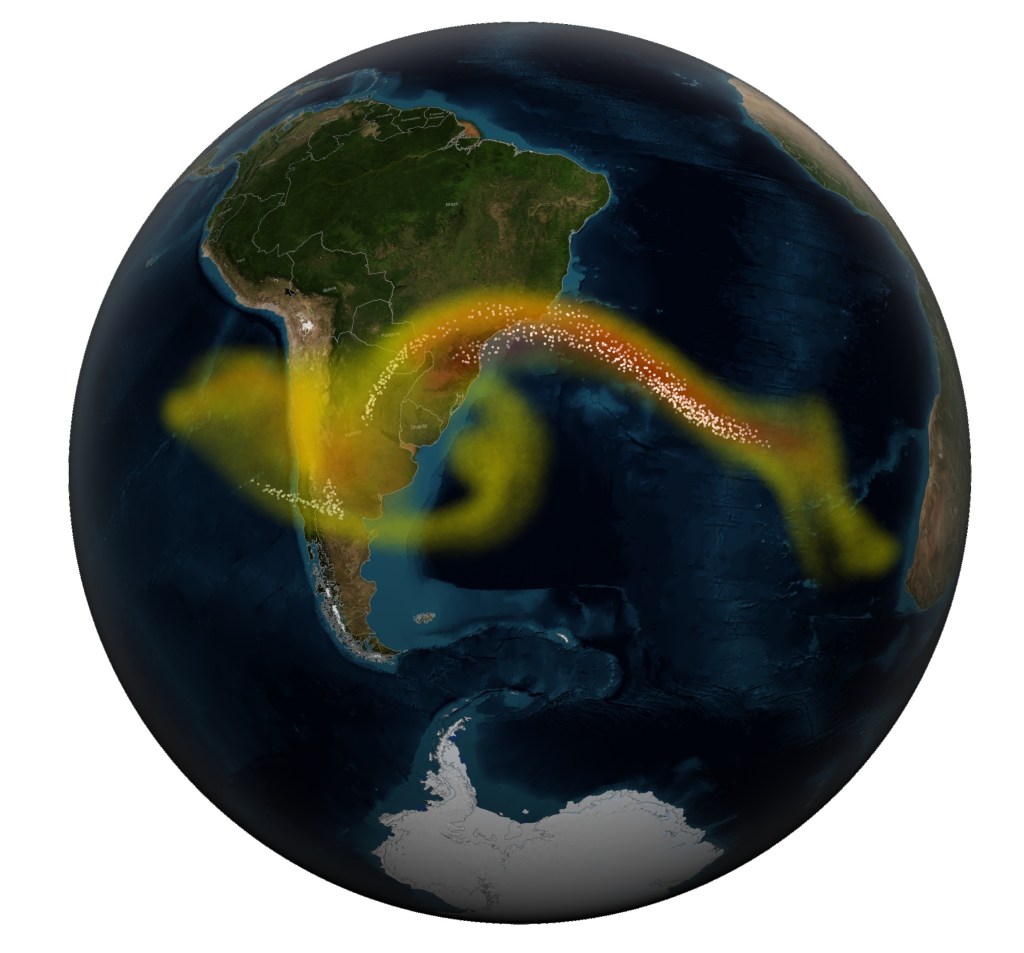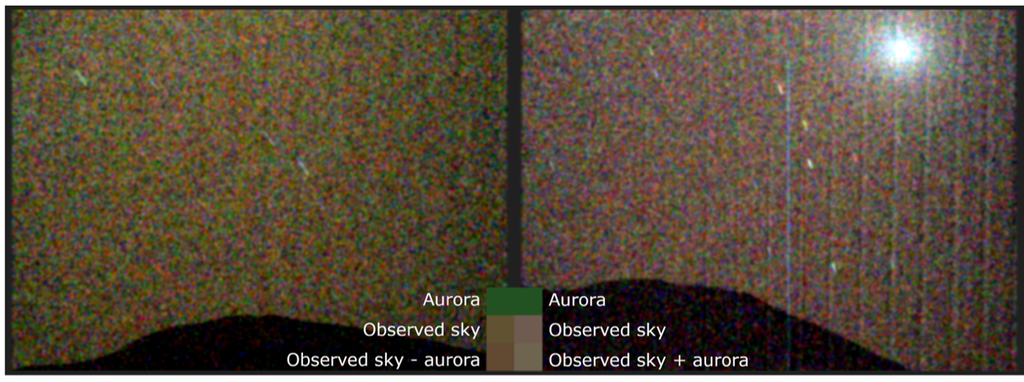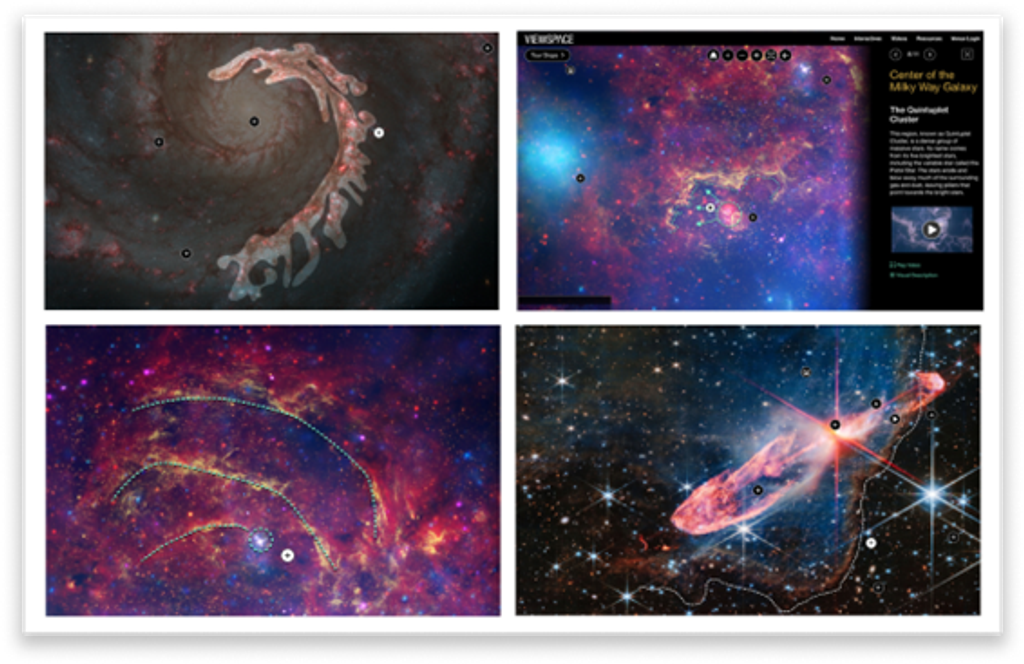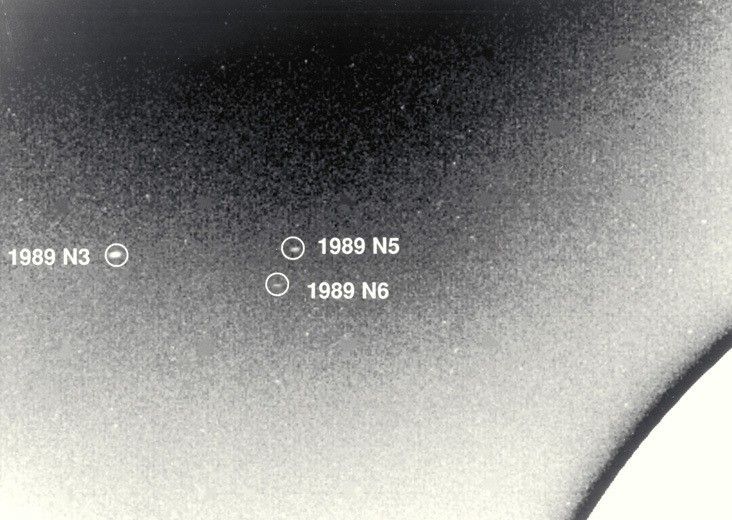Thalassa
Contents
Discovery
Thalassa was discovered in August 1989 in images taken by Voyager 2.
Overview
Thalassa, like Naiad, most likely formed from fragments of Neptune's original moons, which were smashed by the disturbances caused when the ice giant Neptune captured Triton. Thalassa is unusual for an irregular moon because it is roughly disk-shaped.
Also like Naiad, Thalassa circles the planet in the same direction as Neptune rotates, and remains close to Neptune's equatorial plane. Thalassa's orbit is slowly decaying due to tidal deceleration and may eventually crash into Neptune's atmosphere or be torn apart and form a planetary ring.
How Thalassa Got its Name
Thalassa was named after a daughter of Aether and Hemera from Greek mythology. Thalassa is also the Greek word for sea. The moon was originally designated as S/1989 N 5.





